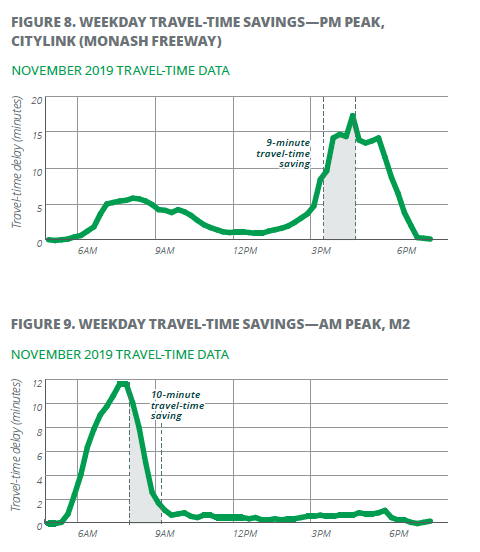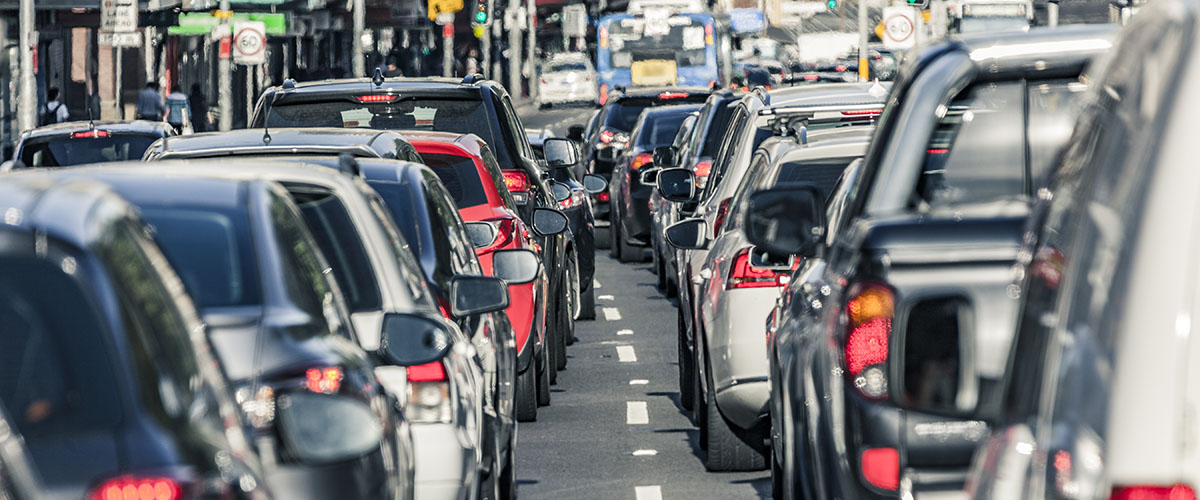As people return to work, they continue to avoid public transport and are instead opting for private vehicles which will put road networks under strain. Flexible start and finish times could help save commuters travel time and avoid overcrowding as they head back to work.
Traffic analysis in our new report, Urban Mobility Trends from COVID-19, shows that if 6% of motorists using Melbourne's CityLink (Tullamarine Freeway) to head towards the city shifted their travel outside the busiest hours of 6am to 9am, traffic levels would be similar to those observed during school holidays and average speeds would increase by over 10 km/h. The road would operate more efficiently and motorists would save time.
Working flexibly would deliver benefits for individual motorists too.
For example, a motorist using CityLink (Monash Freeway) would save nine minutes in the afternoon by travelling around 3.30pm instead of around 4.45pm. In Sydney, a motorist travelling towards the city on the M2 could save 10 minutes if they delayed their trip until after 9am.

Despite the huge steps made towards a culture of flexible work during the pandemic, our survey shows that many people are likely to be driven back to working traditional hours from their workplace, with only 8% of workers who weren’t offered flexible work pre-COVID-19 being offered this post-pandemic. This leaves 41% of workers either unable to work flexibly or unsure as to what options they will have in future.
Everyone benefits if we better utilise the capacity our roads throughout the day to flatten the congestion curve, and flexible working hours can help us achieve this.
Read more in the Urban Mobility Trends from COVID-19 (February Edition) research report (PDF)

